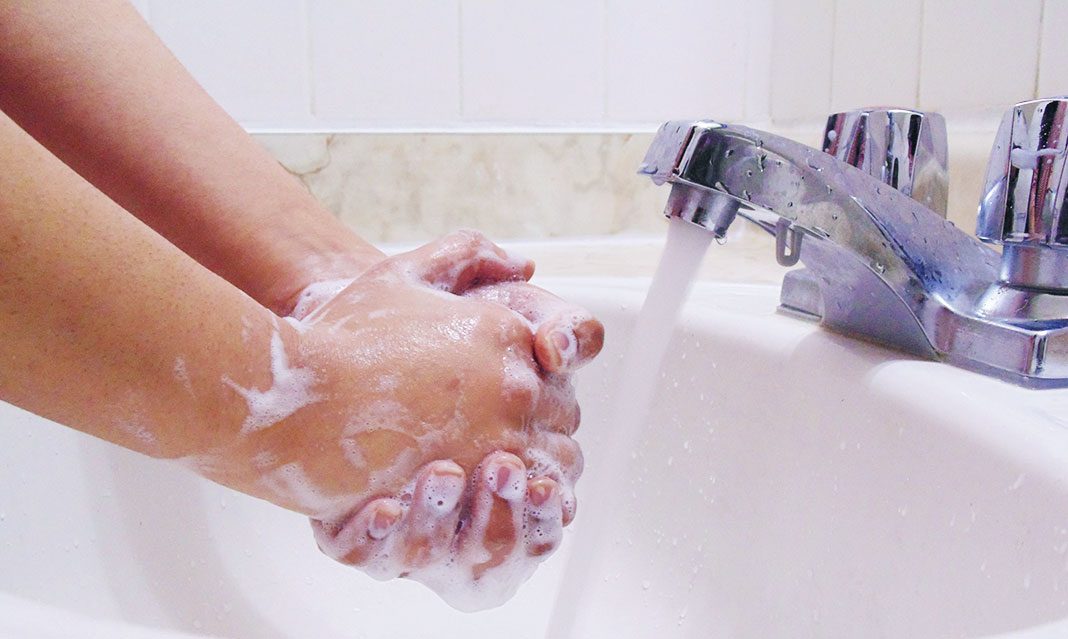In 2003, the SARS epidemic hit Toronto. Originally from Guangdong, China, the virus was a novel coronavirus, meaning that it was a new virus that was transmitted from animal to human, causing respiratory infections. The virus affected 26 countries and killed 44 people in Canada, with 438 probable cases reported. In Toronto, approximately 25 thousand people were quarantined, and the WHO issued a travel advisory for travelers to avoid the city. Hospitals were unprepared to deal with this kind of virus, and those most at risk were people in hospitals, such as the elderly, the ill, and health care workers.
Seventeen years later, a new coronavirus has landed in Toronto, but this time Toronto is prepared. Hospitals have updated their procedures and redesigned their buildings to better contain and control the spread of viruses such as SARS. Governments at all levels have taken the lessons from that crisis and are now using them to inform how Canada deals with this new strain. However, even though things have greatly improved since SARS, one thing has remained as a by-product of the virus: racism.
At the height of the epidemic, a media storm fueled fear and pushed conflicting information that confused the public. Images of Asian people wearing face masks dominated the news, and the link between the virus and China was constantly emphasized. Chinese-Canadians and Southeast Asian-Canadians lost their jobs, were threatened with eviction, and businesses saw their sales drop by 80 per cent. People were pulling their children out of school due to fear that their children would catch the virus from an Asian classmate.
At the time, then Prime Minister Jean Chretien and his successor Paul Martin made a public display of solidarity with the Chinese and Asian communities by eating at restaurants in Toronto’s Chinatown to ease fears of SARS.
Well, they say that history doesn’t repeat itself, but it often rhymes. Amid this new coronavirus outbreak, racism has not only persisted in everyday life but has moved into the digital space of social media—something that wasn’t around for the SARS outbreak in 2003. Fake news has become widespread, memes have been created about the virus, and even conspiracy theories have sprung up about the origin and purpose of the virus. In York region, a petition, with more than nine thousand signatures, called for schools to track students who recently travelled to China and to ask them to stay in self-isolation for 17 days. Another petition with more than 30 thousand signatures on Change.org is asking that all schools and campuses be closed in Ontario to stop the spread of the “Wuhan virus.” On social media platforms, a video of a Chinese woman eating a bat with chopsticks went viral and was picked up by other media outlets, enticing racist and sinophobic comments.
These racist and biased sentiments have not changed, and they likely won’t go away after this outbreak is contained. However, a key difference this time around is that there is pushback against racializing a disease. In Toronto, city councilors attended a dinner to support local Chinese-Canadian businesses. In response to the petition, the York Region District School Board responded by saying, “individuals who make assumptions, even with positive intentions of safety about the risks of others and request or demand quarantine can be seen as demonstrating bias and racism.”
Here at UTM, we need to recognize that making jokes or avoiding sitting next to an Asian classmate is wrong, especially because we have a vibrant international Asian community. I understand the need to protect oneself from a virus that has the potential to kill but let us base our actions on facts and not fiction—we are university students after all.
In Canada and in the GTA, the risk of contracting the virus is low. Unless you have travelled to China recently and consequently developed symptoms such as fever, cough, or difficulty breathing, or been in close contact with someone who has, there is a very low chance that you will contract it.
The best way to protect yourself from the coronavirus is to do what you’re already supposed to do: wash your hands for at least 20 seconds with soap and water, cover your coughs and sneezes with a tissue or your elbow, avoid close contact with those who are sick, avoid touching your face with unwashed hands, stay at home if you are sick, and clean and disinfect objects and surfaces that are frequently used (especially your phones).
The panic and fear over the coronavirus is a very human response to something with the potential to be lethal, but to put it into context, the common flu kills up to half a million people around the world and about 3,500 people in Canada each year. Yet people still don’t bother to get the flu shot. So please, let’s remember to be diligent with our sources of information and the context with which that information comes from, and let’s try to be kind to one another during a time where division is all too easy.



